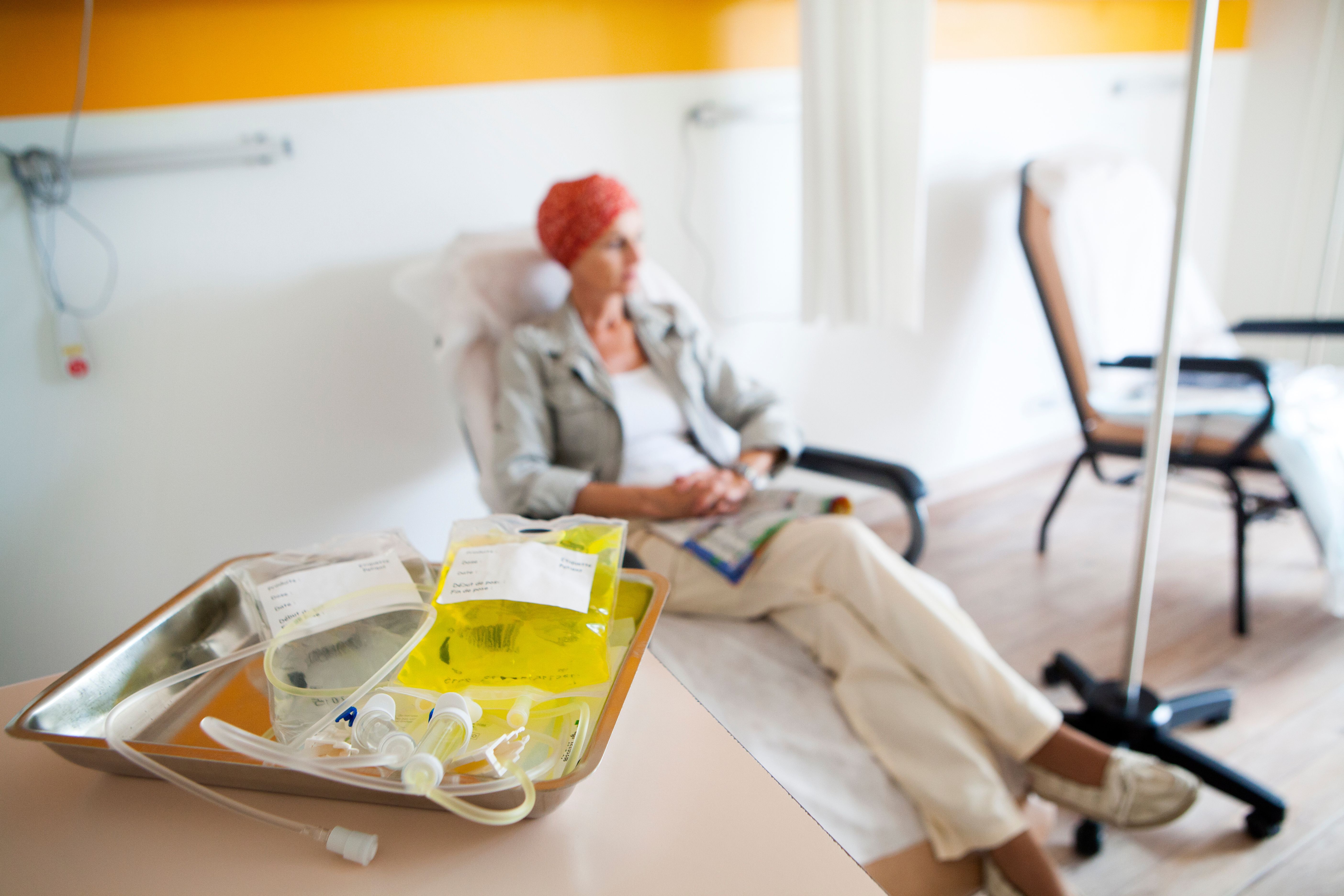Key Takeaways
- Cost Savings: AON saved over $243 million from 2020 to 2023 due to high biosimilar uptake, showcasing significant economic benefits in community oncology.
- Factors Impacting Uptake: Biosimilar uptake is influenced by payer, patient, and provider factors, including formulary restrictions, patient knowledge gaps, and provider education needs.
- Policy Needs: Chang emphasized the necessity of supportive policies to sustain biosimilar use, addressing challenges like drug shortages, exclusion from assistance programs, and ensuring long-term market viability.
High rates of biosimilar uptake in the American Oncology Network (AON) have saved the organization over $243 million between 2020 and 2023, according to Melody Chang, vice president of pharmacy operations at AON.
She presented on the economic impact of biosimilar uptake in the community oncology setting at the Festival of Biologics USA, which was held in San Diego, California, from April 15 to April 17. Chang presented results from a 4-year report for AON and detailed ongoing multistakeholder challenges impacting biosimilar adoption.
“AON’s biosimilar uptake surpasses the national average, demonstrating our strong commitment to biosimilar integration. The 4-year report evidences a remarkable cost reduction…, enhancing patient access to these vital medications,” Chang said.
Chang broke down the key factors that impact biosimilar uptake into 3 categories: payer factors, patient factors, and provider factors. Payer factors included formulary restriction and distribution channel restrictions (buy-and-bill vs white bagging). The patient factors were lack of knowledge about biosimilars and high out-of-pocket costs. The provider factors were lack of knowledge about biosimilars, operational challenges, and financial considerations, such as rebate considerations.
When looking at all the oncology biosimilars that have been approved and launched, Chang noted which major payers covered each product vs those that did not cover it vs those that covered them in special circumstances. Of the 30 products, 24 were either not covered or partially covered by at least 1 of the big 4 payers (Humana, UnitedHealthcare, Aetna, and Anthem Blue Cross Blue Shield).
“It’s imperative for formulary strategies to effectively navigate and overcome the dynamic challenges present in the biosimilar market,” Chang stressed.
Chang noted that although biosimilars typically have lower list prices than their reference products, savings are typically not passed to the patient. This is partially because of rebate and reimbursement policies that incentivize payers and providers to choose reference products over biosimilars.
Additionally, providers need to be adequately educated on what biosimilars are and how they can benefit patients in order to have robust discussions with patients and assure them that biosimilars are just as safe and effective as their reference products.
Chang noted that some reference products that are regularly utilized in oncology have more biosimilar options than others, ranging from 1 biosimilar (epoetin alfa; Retacrit) to 6 (pegfilgrastim; Fulphila, Udenyca, Ziextenzo, Nyvepria, Fylnetra, and Stimufend). Within AON, this may explain why rituximab, bevacizumab, trastuzumab, and pegfilgrastim biosimilars have at least 70% utilization rates each and the only epoetin alfa biosimilar has a 6% utilization rate.
At AON, Chang showed that thanks to biosimilars, payers saved $85,809,985; patients saved $21,452,496; and providers saved $136,012,363 between 2020 and 2023. These savings represent 11,818 unique patients who were treated and 107,123 administered doses. The total savings during this time frame were $243,274,844.
Chang also mentioned ongoing challenged with drug shortages, including those for Ziextenzo and Retacrit. Additionally, 5 of Pfizer’s biosimilars (Nivesty, Nyvepria, Ruxience, Trazimera, Zirabev) and Amgen’s Neupogen and Neulasta were excluded from patient assistance programs, making it more difficult for patients to access these biosimilars.
The presentation ended with Chang calling for more policies that ensure sustainability for biosimilars, saying that the long-term sustainability for the market will be impacted by average selling price dynamics, net cost recovery for providers, patient out-of-pocket costs, and manufacturer financial viability.
“We are all here for biosimilars and we need to come and work together to learn from each other—from the patients, to the payers, to the policy makers, to the providers—to ensure that we have a long-term plan to support our patient.”
Reference
Chang M. Navigating the biosimilar journey in community oncology: a 4-year report from the American Oncology Network. Presented at: Festival of Biologics USA; April 15-16, 2024; San Diego, CA.

